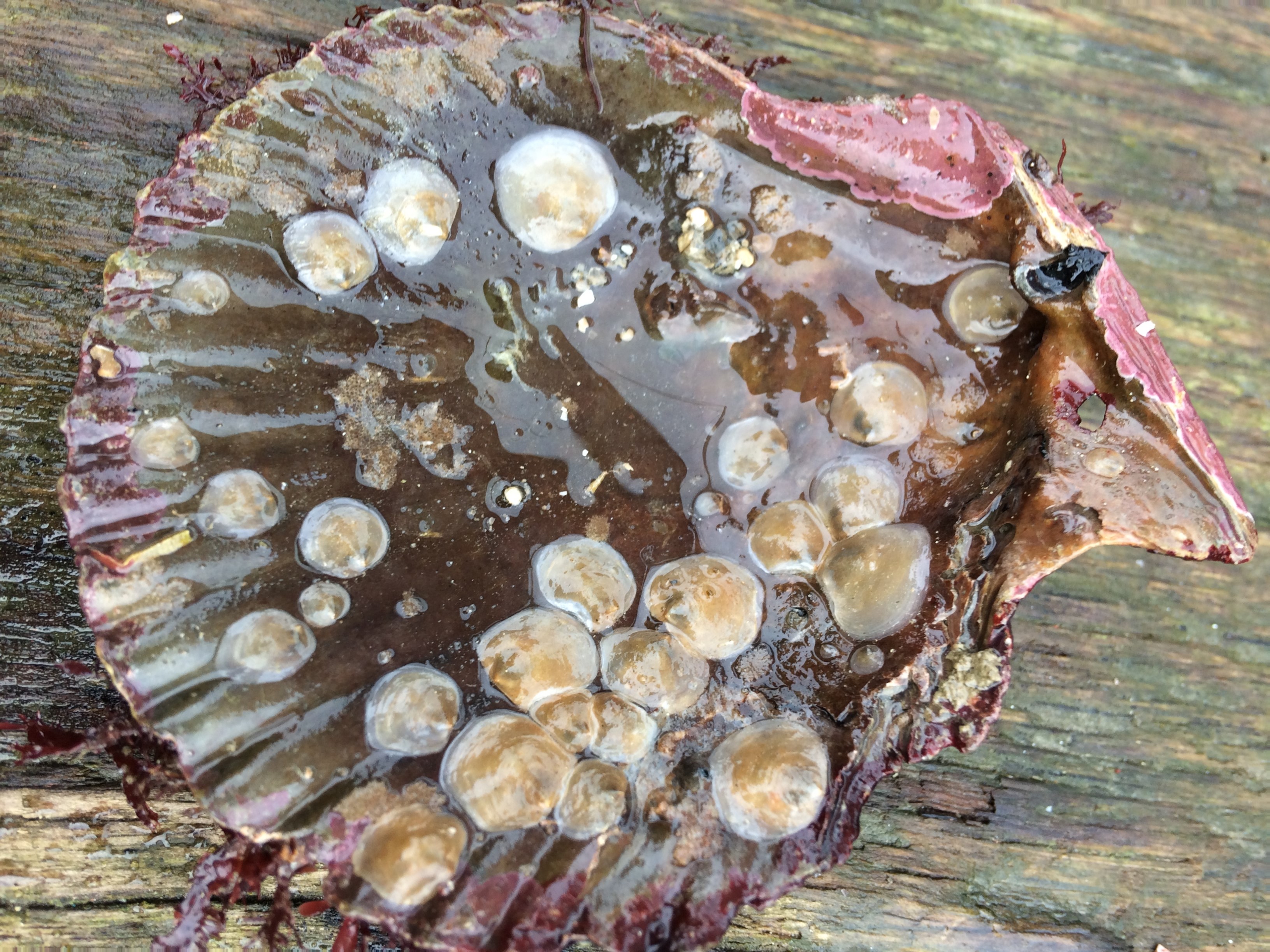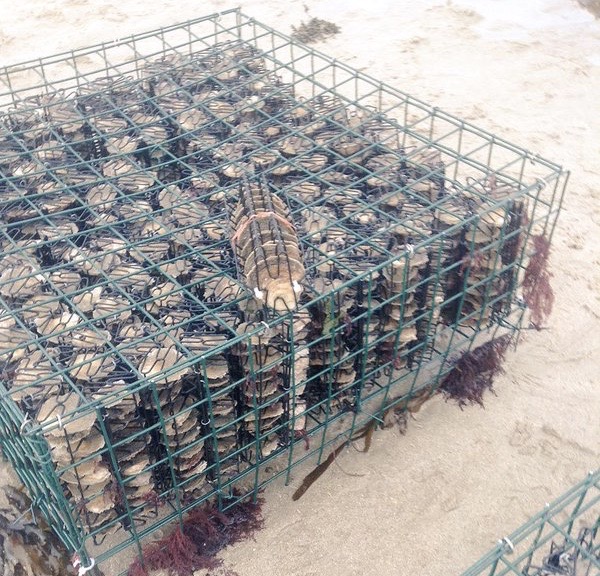Scottish seafood leaders to innovate and act for prosperous, sustainable fisheries
2020’s Scottish Fishing Conference, delivered by Fisheries Innovation Scotland, will take the temperature of innovation in the fishing industry, spark new conversations, and identify projects to release the un-tapped potential in Scotland’s seafood sector.
Fisheries Innovation Scotland’s announcement of the Scottish Fishing Conference 2020, and its focus – ‘from innovation to action’ – has been welcomed by Cabinet Secretary for the Rural Economy, Fergus Ewing MSP. Mr Ewing remarked: “Innovation is key to ensuring a prosperous, sustainable fishing sector in the future and in particular, to help the industry play its part in tackling climate change and in enhancing our marine environment. Scotland’s highly productive seas are the fourth largest in the EU, and it’s important that we find more ways to work together to maintain and enhance our seas for future generations. The Fisheries Innovation Scotland conference offers us all an opportunity to come together and do just that.”
Fisheries Innovation Scotland (FIS) has opened registrations for the significant two-day conference, to be held in St Andrews University on the 1st and 2nd July 2020. The conference theme speaks to a pivotal moment for the seafood industry as it meets, head-on, changes in management, markets and climate, and embraces new technologies to steward fish stocks for a resilient future.
FIS Executive Director, Kara Brydson, comments: “Scotland is rightly proud of its seafood industry and in a time of great change, we must make sure that is true long into the future. It’s important that the Scottish Fishing Conference delivers its aim of taking us through from new ideas to concrete actions. We’re going back to basics of looking at what innovation means to Scottish fisheries, and exploring all the areas where this innovation can make the greatest positive impact for our industry and the people driving it.”
While discussion on new technologies will be central to many sessions, Ms Brydson emphasises the breadth of subjects the conference will touch upon: “We’ll be covering safety, marketing, finance, data collection and much more. I’d encourage anyone with an interest in the sea, in fish, in tech, in social science – anyone with new thinking to share – to join us.”
Extensive pre-conference research will identify priority areas for change from across the sector, and seek to define what innovation means to fishermen, scientists, academics, environmentalists and supply chain businesses; something that will be explored in greater detail through participatory discussions at the event. And the conference itself will be innovative: delivering highly interactive sessions, including a ‘Shark’s Tank’ – the Dragon’s Den of fisheries entrepreneurship – designed to attract researchers and innovators from outside the seafood world as well as fishers themselves.
FIS Board Members will conduct live, on-stage interviews with leaders from current FIS projects – getting to the heart of science and engineering already boosting the sustainability of Scottish fishing practices.
Elspeth Macdonald, Chief Executive of the Scottish Fishermen’s Federation, and FIS Board Member, spoke of the appetite for innovation in the Scottish fleet: “Our fishermen are determined to produce the highest quality sustainable seafood. We know the seas we’re fishing in are changing, and all around us new ideas for fishing, the supply chain, and marketing of products are evolving rapidly. It’s vital we’re open to those new ideas, and we’re leading discussions that produce innovations that may help define our business in the future”.
RSVPs for the conference are open now. Tickets are free of charge and can be reserved via the following link: https://www.eventbrite.
A lively conference dinner will be held on the 1st July at Lower College Hall, St Andrews University, for which tickets will be available shortly, via the registration link. Dinner tickets incur a charge.
For any questions about the Scottish Fishing Conference, ideas or comments, please contact Mindfully Wired Communications:
- Harriet Yates-Smith – Harriet@mindfullywired.org
- Katrina Ryan – Katrina@mindfullywired.org



























